Peter Duncan takes a look at two different takes on the revamp of major European comic characters, Blake and Mortimer, and Spirou’s beloved, chaos-causing pet as “The Beast”…
The recent social media furore over changes to the line-up of the BEANO’s “The Bash Street Kids” to better reflect modern society and the decision not to use an insulting nickname that would almost certainly not be acceptable if used in a modern-day school playground, showed not just how much things have changed in modern day Britain, but how important the characters and comics from our youth can be to us. Many of us want to know that Dennis is still a Menace and that Roger’s Dodges go on as we remember them.

The same is true across the channel, where new books featuring characters like Asterix, Lucky Luke and Spirou are often indistinguishable in style and tone from the strips produced by the classic creative teams of years gone by.
At the same time, there seems to be less resistance, or at least a greater enthusiasm among some creators and readers, to use these characters to tell stories of a different, sometimes more serious type. Thus, while Achdé and Jul and other continue to produce Lucky Luke albums in the style of creator, Morris, there are more serious and dramatic volumes from Matthieu Bonhomme that owe much to spaghetti westerns, and the radically different and irreverent version produced by German artist, Mawil.

The hugely popular Blake and Mortimer series, created by Edgar P. Jacobs, one of the main collaborators with Hergé on Tintin, has continued to tell the stories of leading British scientist, Philip Mortimer and MI5 agent Francis Blake, as they take on a series of outlandish antagonists.
The mixture of espionage and science fiction with some gentle parody of the stiff-upper lip of the British, has remained popular since Jacob’s death, with albums by various creative teams following his template with dense plotting, multiple panels per dialogue-heavy page. In 2019, a new album, Le Dernier Pharaon, co-written by Thomas Gunzig and Jaco Van Dormael, drawn by François Schuiten and coloured by Laurent Durieux, took things in a radical direction, with a completely different art style. It was one of the most exquisitely drawn comics I’ve ever seen, and although I don’t speak French, I felt it necessary to buy both the standard and the black and white “Bibliophile” special edition just to wonder at.
I’ve written here before about Emil Bravo’s series of touching and emotional additions to the Spirou canon, which turned the long-running comedy-adventure strip, into a heart-breaking account of the days leading up to the German Occupation of Belgium in World War Two and the impact on ordinary people when the Nazi forces moved in.
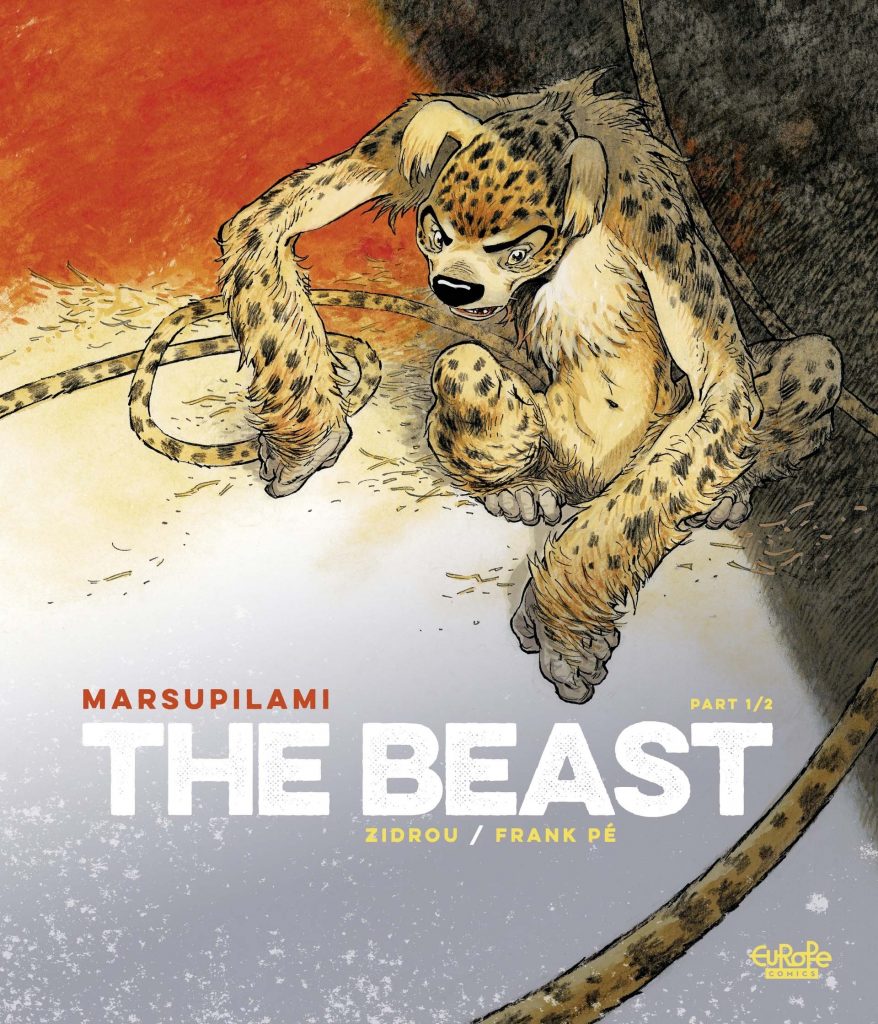
The latest example of this developing sub-genre also comes from the Spirou series. Le Marsupilami (in English, titled Marsupilami: The Beast), written by Zidrou, an incredibly prolific comic writer, little known in the UK, and artist Frank Pé, whose take on the classic Windsor McCay strip, Little Nemo, is about to be published in English by Magnetic Press.
Pé, whose work has often centred around the relationships between animals and humans, has been contributing to Spirou magazine since the early 1970s.
Zidrou’s story tells of the arrival in the port of Antwerp, Belgium of a “Marsupilami”, an unknown animal with characteristics of a leopard, a marsupial and a long-tailed monkey, as the only survivor of a cruel and illegal animal smuggling scheme taking place in the years just after World War Two.
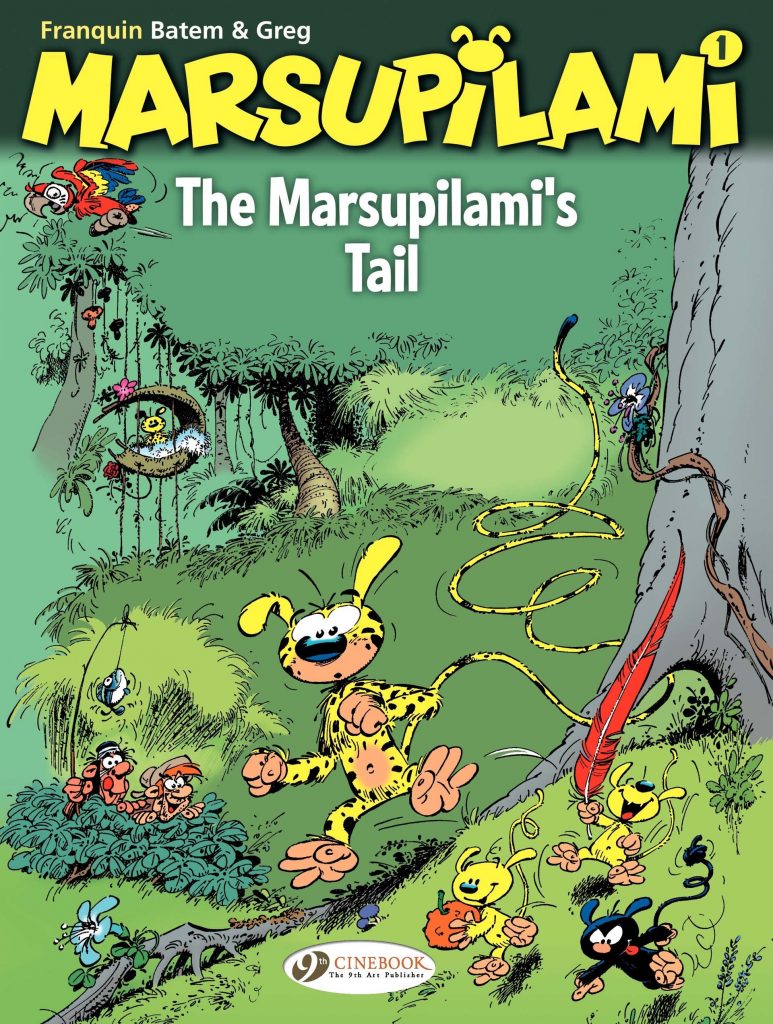
In the original Spirou strips, Andre Franquin created a funny, loveable, chaos-creating creature that captured the imagination of readers and grew from its role as Spirou’s pet to spawn a series of strips of his own, TV shows, video games and movies – and even had an asteroid named in its honour. Here, the bedraggled and half-starved creature is a bit-player, drawing together the various elements of a low-key but fascinating story that goes beyond what we expect from a comic strip.
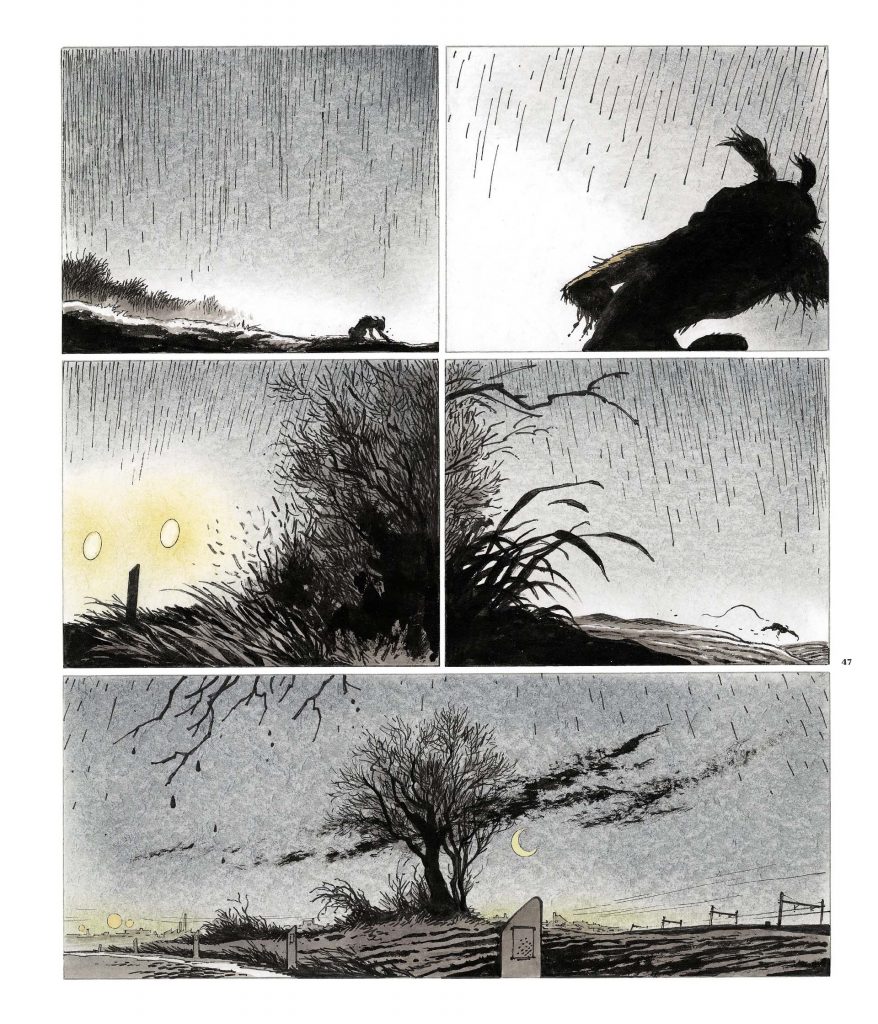
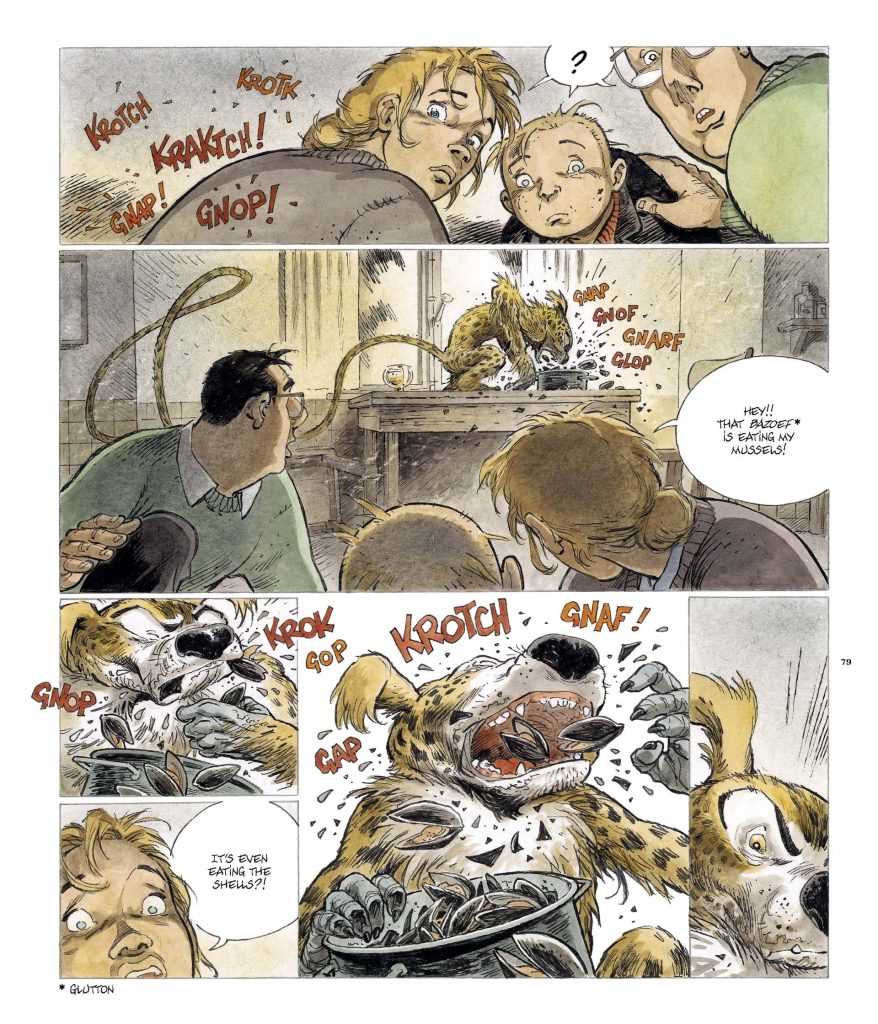
We meet an inspirational teacher, showing Chaplin movies to his pupils in defiance of his dictatorial headmaster, and an animal loving pupil, bullied because his missing father was a German soldier during the occupation, and a strong and compassionate mother, trying to make a life for her son, despite the cruel looks and remarks of her neighbours. There is a love story, of sorts, a kid’s adventure tale as the boy tries to protect his pets, and a handsome portion of black humour mixed through.
It’s a brave scenario for the creative team to take on with a much-beloved character. Challenging the treatment of “collaborators” in the post-war years and making a hero of a young woman who, although she has lost the love of her life, has also lost the respect and support of the people around her through her actions. Zidrou’s script creates real people, people with flaws and weaknesses who you can believe in, and care about and reading it has the feeling of watching an intimate and absorbing movie.
Frank Pé’s art helps a lot. He, is superb throughout, mixing a larger-than-life grotesque figure design, with beautiful backgrounds, a muted and atmospheric, colour palette and an almost Eisner-like understanding of storytelling. The dramatic opening sequence, set in the Port of Antwerp, is cinematic in scale and drew me into the story instantly. It contrasts with an intimate and heart-breaking sequence that closes out this volume and sets us up for the second, concluding part.

At 150 pages, publishers Dupuis have given the creators room to work, allowing Frank Pé, space to develop sequence after sequence without worrying about rushing the storytelling to allow for a limited page count. And yet nothing seems rushed, nothing seems slow or self-indulgent.
I don’t speak French, so I haven’t seen what the reaction to this comic is in French comics ‘fandom’. This is a radical reinvention of a popular character that puts the renaming of Fatty to Freddie or the addition of characters from ethnic minorities to “The Bash Street Kids” in the shade. This is a brave and bold statement that tackles difficult issues and shows that for a comic to be, ‘special’, it does not have to turn the dial up to 11 or go cosmic.
It says something about the relative “conservatism”, with a very small “c”, of the people who read comics in the anglophone nations, that this book is only getting an English-language release in digital form via Europe Comics. In comparison, in France, publishers Dupuis released this as a larger than usual format book, on high quality paper.
If an English-language version existed, it would solve all my Christmas present problems, everyone would get a copy. This is a book I think could persuade those who deride comics that they are not just the province of kids and strange and nerdy sci-fi and horror fans, but that they are a medium for telling stories for everyone.
Peter Duncan
• Le dernier Pharaon (The Last Pharaoh) co-written with Thomas Gunzig and Jaco Van Dormael, with art by François Schuiten, coloured by Laurent Durieux, is the eleventh album in the “Autour de Blake et Mortimer” series. Both the French and Dutch versions were released on 29th May 2019 | Buy the French Hardcover (AmazonUK Affiliate Link) | Buy the French Bibliophile (black and white) edition (AmazonUK Affiliate Link)
• The Alta Plana web site compares both editions of this album here
• Behind the scenes on the making of Le Dernier Pharon – which took three years to complete
• Marsupilami: The Beast is available digitally in English from Europe Comics (AmazonUK Affiliate Link) | Buy Le Marsupilami in French (Hardcover, AmazonUK Affiliate Link)
• Check out Cinebook for the original Lucky Luke and more at www.cinebook.co.uk
• Europe Comics is online at www.europecomics.com
Dear reader, please remember, a review is an opinion. Other opinions are available, including yours.
Peter Duncan is editor of Sector 13, Belfast’s 2000AD fanzine and Splank! – an anthology of strips inspired by the Odhams titles, Wham!, Smash! and Pow! He’s also writer of Cthulhu Kids. Full details of his comics activities can be found at www.boxofrainmag.co.uk
Categories: Creating Comics, downthetubes Comics News, downthetubes News, Features, Reviews

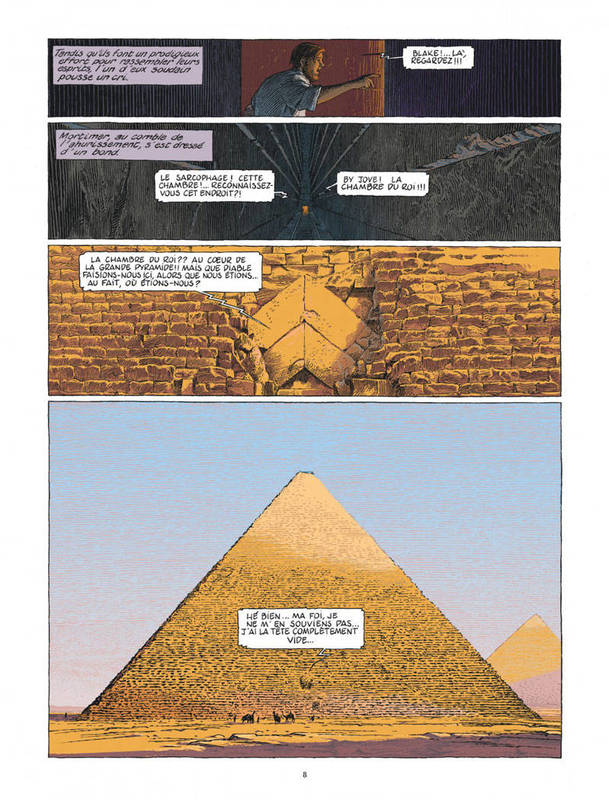


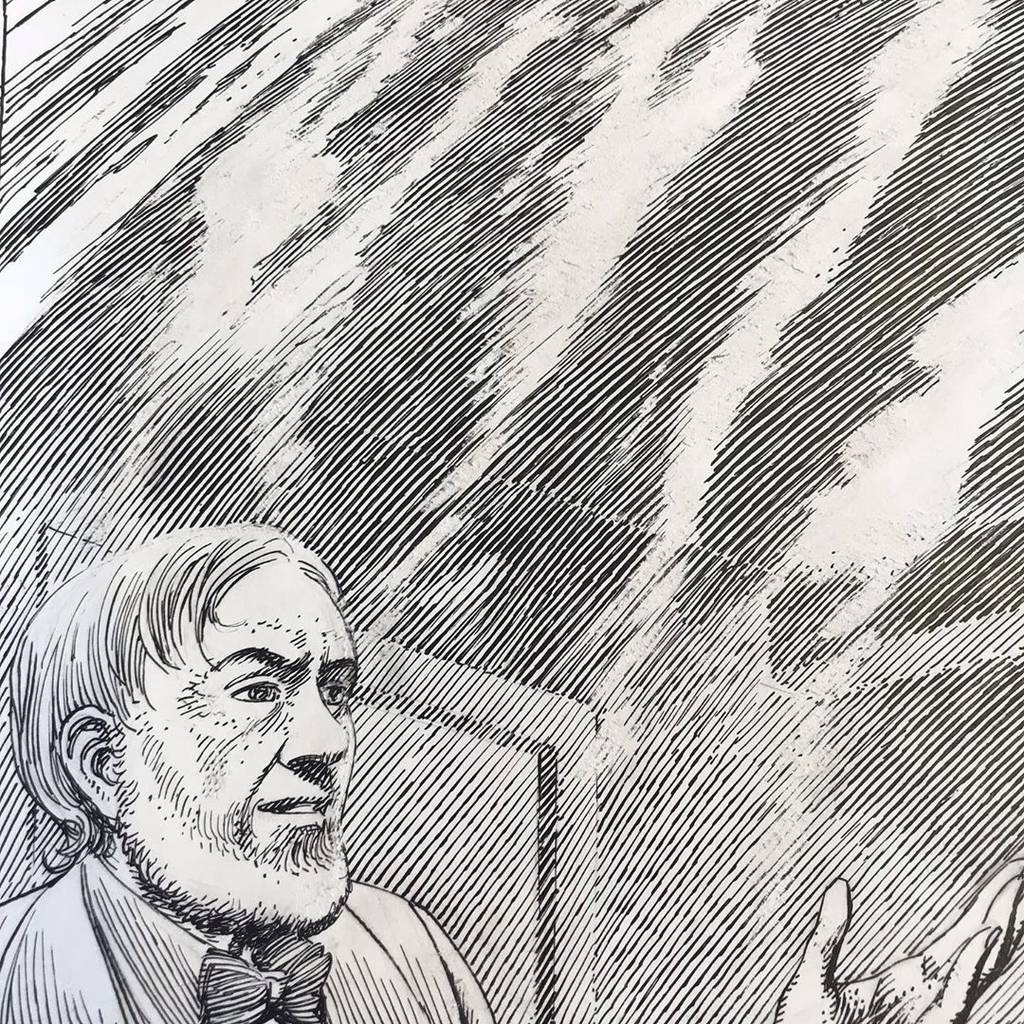
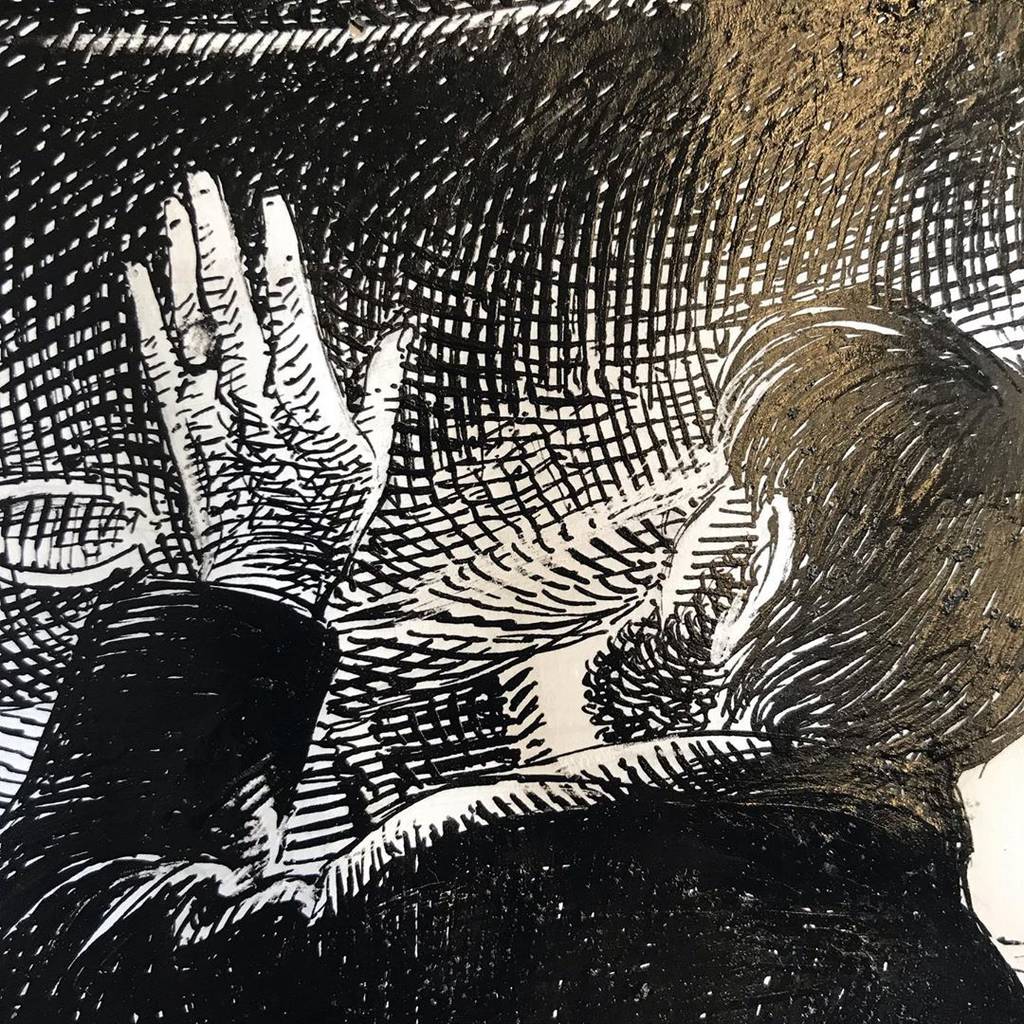
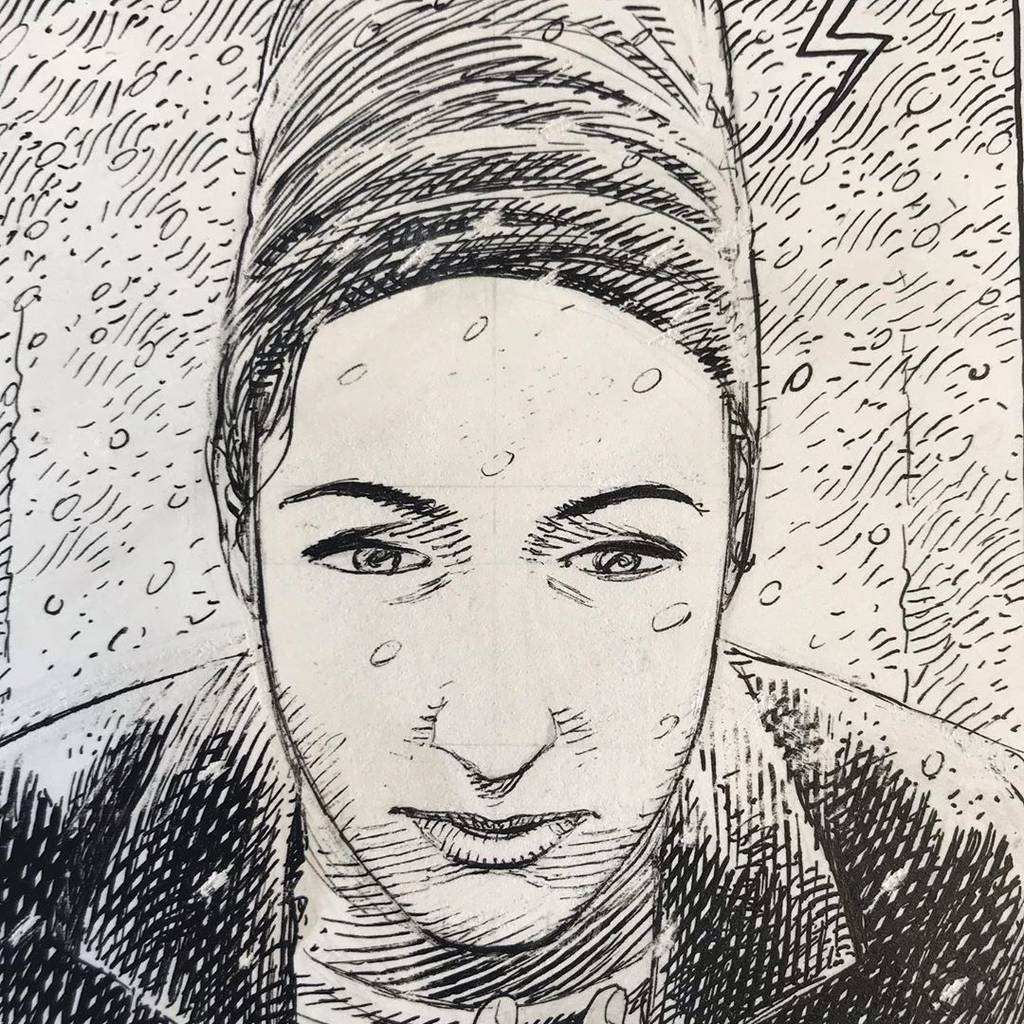
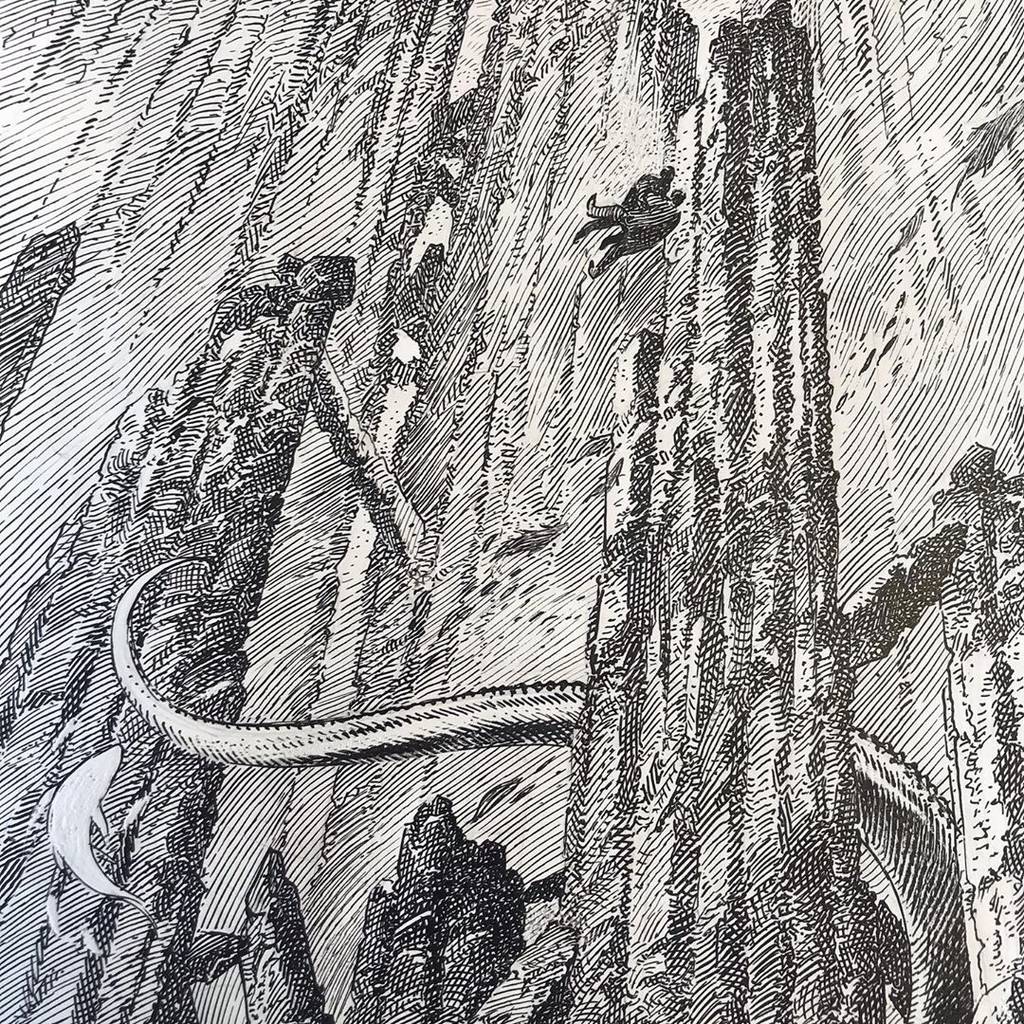
 Shaman Kane storms back into action for an action-packed finale to latest adventure
Shaman Kane storms back into action for an action-packed finale to latest adventure  Latest EAGLE Times spotlights Classics Illustrated, an American Dan Dare, and more
Latest EAGLE Times spotlights Classics Illustrated, an American Dan Dare, and more  In Review: Into Battle: The Art of British War Comics
In Review: Into Battle: The Art of British War Comics  In Review: illustrators Issue 42 headlines with Richard Corben retrospective
In Review: illustrators Issue 42 headlines with Richard Corben retrospective